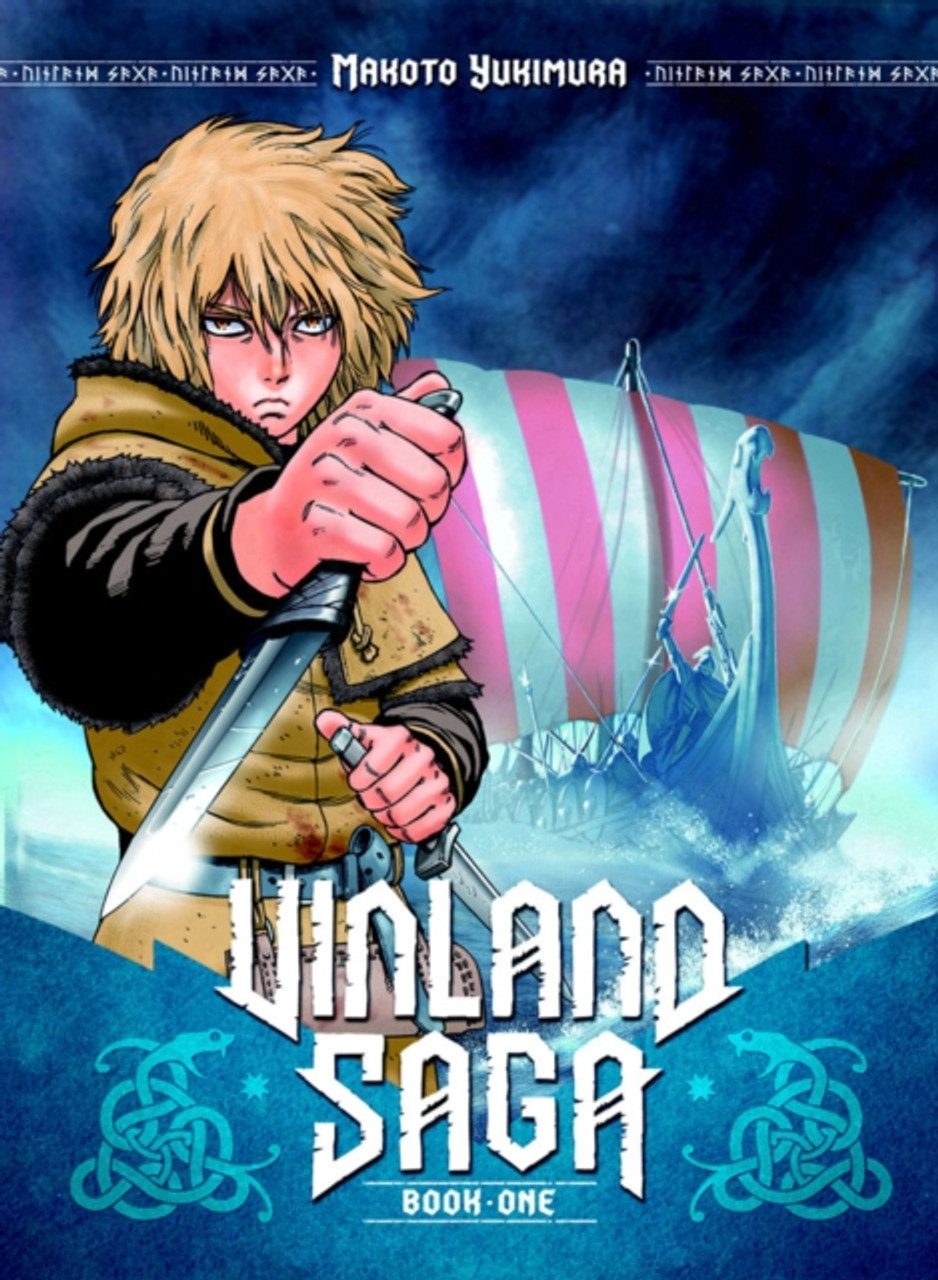
Titles are never something I thought about until watching this movie. It felt like it introduced the character so well, even though I was already aware of the character of Tintin, I fell in love all over again. the style and the simple silhouetting and composition just added to the vibe so well.
while i couldn’t find exactly what inspired Denis Yoo to make such an incredible title card, i did learn a lot more about him.
Dennis has been in the VFX and animation game for 20 years now, starting off his career with Weta FX, animating creatures in the Lord of the Rings and Avatar (the blue one) When Weta FX was hired to help design and make some of the visual effects for Adventures of Tintin, I can only speculate how his job of designing the title sequence fell into place.
Since there have been no clearly stated inspirations, I can only pull from what I know Weta FX has worked on. One of which is the intro and credits for Disney’s The Jungle Book. While Dennis was not on this project, I’m sure he took inspiration from it in terms of developing his composition for the Adventures of Tintin title screen.
Although there is no official inspiration stated, I can take a guess. i looked for other examples of comics that were then adapted into film. such as in Batman the Animated Series. I picked this one in particular because of its strong use of silhouetting.
while looking for more information about comic book-esque title sequences I came across this interview by the creator of Aeon Flux, Peter Chung. to my surprise he had mentioned Herge the author of the original Tintin comics
I [peter] was looking at a lot of Moebius at the time, I had actually gotten to know him and work with him on a project early in my career. I really admired and was inspired by him as an artist. What I love about his approach to comics and graphic illustration in general is that it has a clarity to it. The term in French for that is “ligne claire”, which means clear line. The main practitioner of that was Hergé, the creator of Tintin. It’s a style that’s very descriptive, and what that means is approaching the subject with a certain amount of graphic neutrality.
while it is unknown how much of the original comics inspired the intro style in Adventures of Tintin, I do know that art comes full circle if you let it.
https://www.youtube.com/watch?v=_ZfwSyWhhGc&ab_channel=dedevovo31
sources
https://www.imdb.com/title/tt0983193/fullcredits/?ref_=tt_cst_sm
https://www.artofthetitle.com/title/the-adventures-of-tintin-2011
https://www.wetafx.co.nz/about/people/animation-supervisors/dennis-yoo


